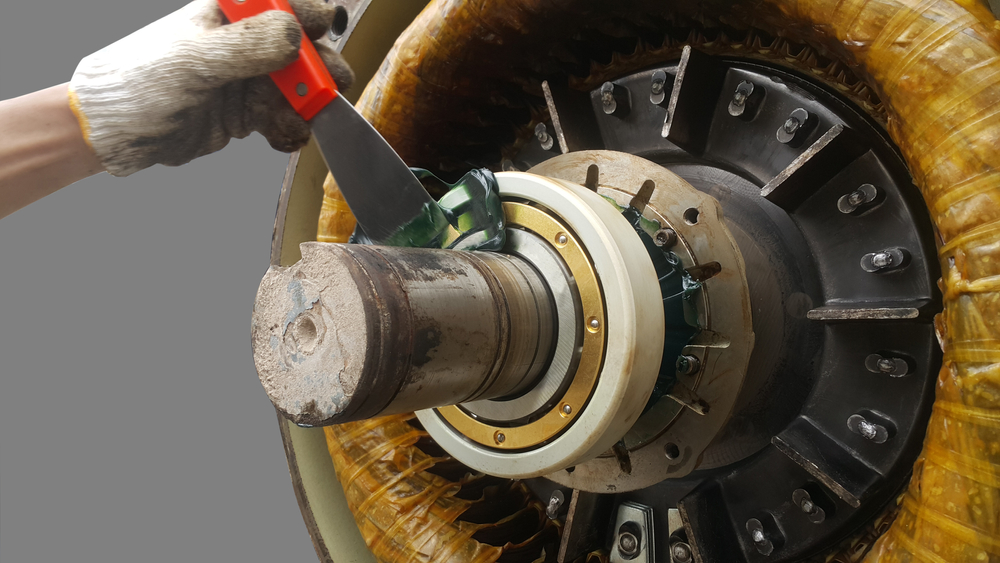Why Bearings Fail: Diagnosing Coil Burnout and Contact Welding Issues

Some bearing failures are loud, sudden, and dramatic. Others creep in silently, wearing things down until the motor stalls. Two of the most overlooked culprits? Coil burnout and contact welding. Both wreak havoc on bearings and can tank motor health fast if left unchecked.
What coil burnout does to your motor
When a coil overheats, the insulation quickly begins to degrade. Once that happens, the copper winding is exposed to moisture, vibration, and contaminants that accelerate its breakdown. Current flow becomes erratic. As resistance increases, heat builds even faster. Eventually, the winding fails — and when it does, your motor’s bearings often go with it.
That’s because high temperatures don’t stay isolated. They radiate outward, damaging bearing grease and warping bearing seats. Any misalignment that follows increases mechanical stress, leading to premature failure. Here are some early warning signs to look for:
- A burning smell near the motor housing.
- Discoloration or bubbling around the windings.
- Tripped overloads or breakers with no obvious cause.
Thermal imaging can help detect localized hotspots before burnout spreads. Regular insulation resistance testing can, too. If either flags abnormal readings, it’s time to act.
Contact welding is as dangerous as it sounds
Contactors are designed to open and close with speed and precision. When they weld together, they create an always-on circuit. That means no controlled starting or stopping. The motor may start under full load — or worse, fail to stop at all. This type of failure sends inconsistent electrical loads through the system.
Those spikes hit bearings hard. They often trigger rotor imbalances, shaft misalignment, and destructive vibration that builds up over time. Look for these telltale clues:
- A motor that won’t shut off after being commanded to stop.
- Excessive arcing or sparking when opening a control panel.
- Burn marks or physical damage on the contactor tips.
Once contact welding begins, it rarely gets better on its own. The longer it persists, the more damage it causes to surrounding components — especially the bearings.

How both problems feed into bearing failure
Coil burnout and contact welding don’t just stress bearings, they shorten their life span. Heat, vibration, and electrical imbalance combine to break down lubrication. That turns what should be a fluid film into metal-on-metal contact. And it doesn’t take long for wear to turn into scoring, pitting, or full seizure.
Once bearings begin to fail, damage travels backward. Misalignment stresses the shaft. The rotor can wobble. The stator might get hit, and then what started as an electrical fault now turns into a full mechanical failure. That’s the danger. No one thinks a slight coil warm-up or a momentary delay in contactor response is serious — until the system’s down. Keep everything in check by:
- Running regular infrared scans to catch hotspots in coils or connections.
- Testing insulation resistance to track degradation before failure.
- Inspecting contactors for signs of discoloration, welding, or uneven wear.
- Keeping maintenance logs for coil temperature trends and start/stop anomalies.
Also, don’t underestimate the value of replacing contactors and coil components before they fail. They’re far cheaper than a full motor rebuild.
Give bearings the attention they deserve
If bearings keep failing and electrical faults keep stacking up, something deeper is going on. The GES team diagnoses both electrical and mechanical causes, from contactor issues to winding faults and beyond. We solve the real problem — the first time. And, now through the end of the month, you can get 10% OFF single repairs or 15% OFF 3+ repairs on ABB products, including bearings.
